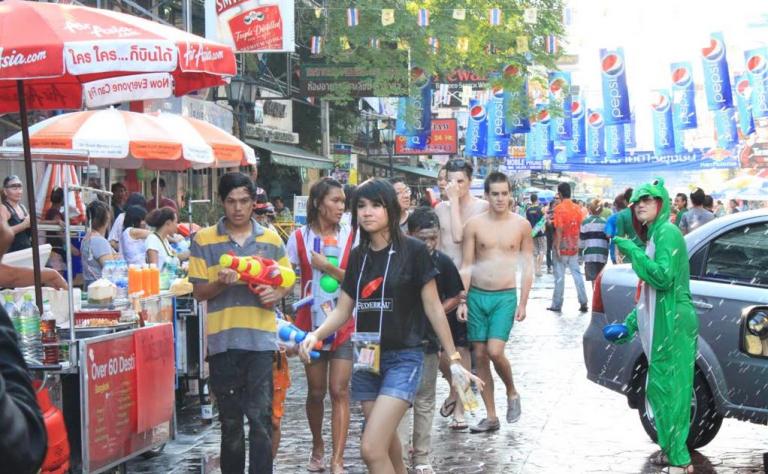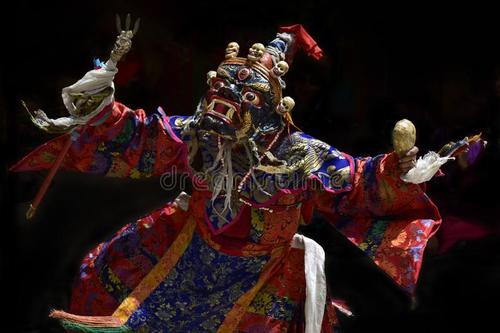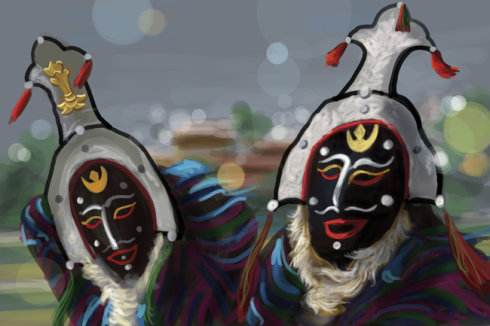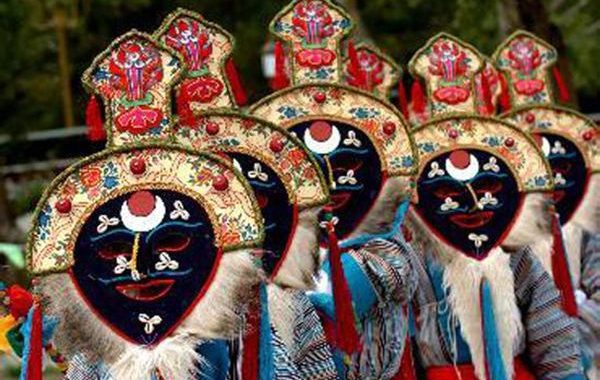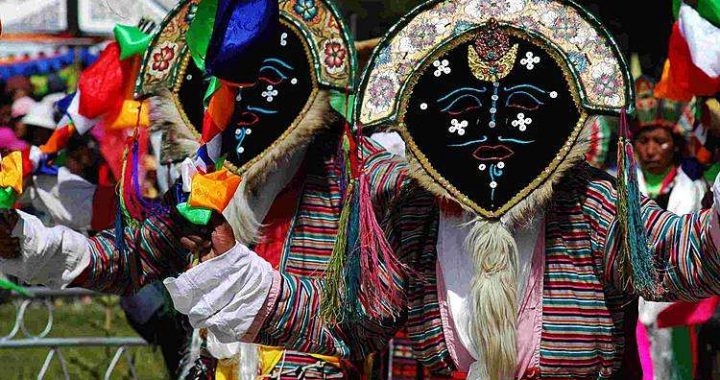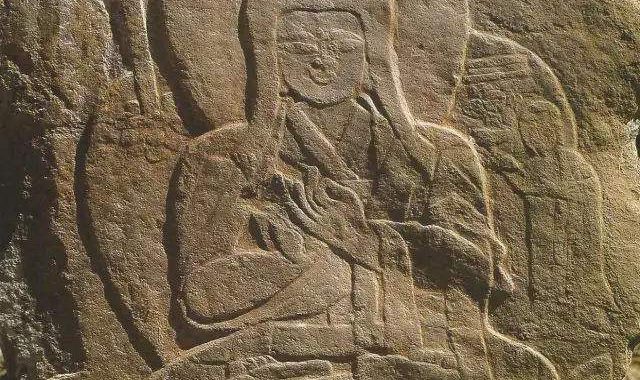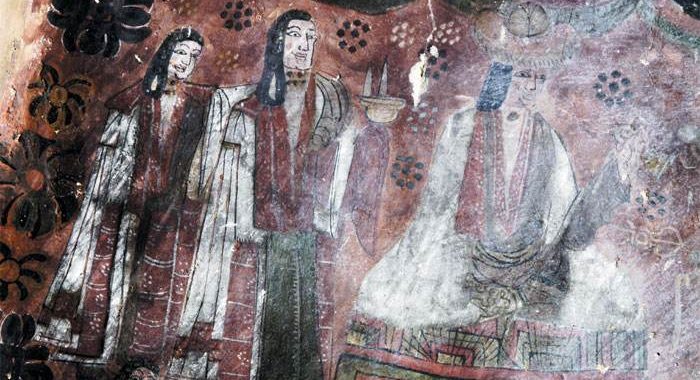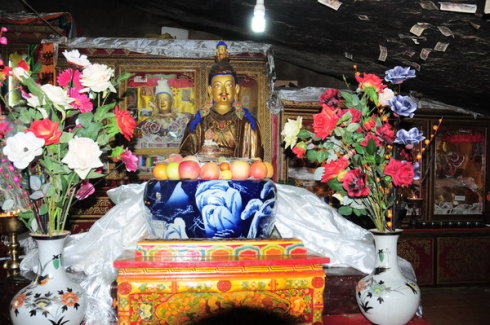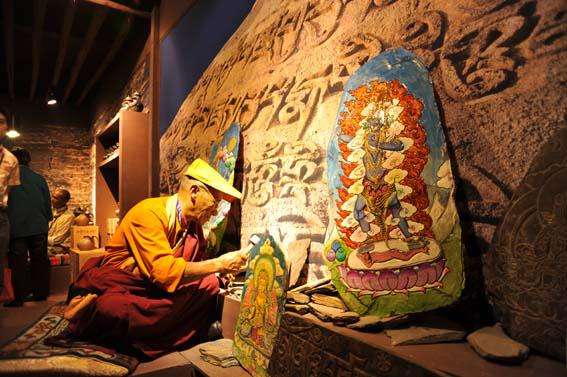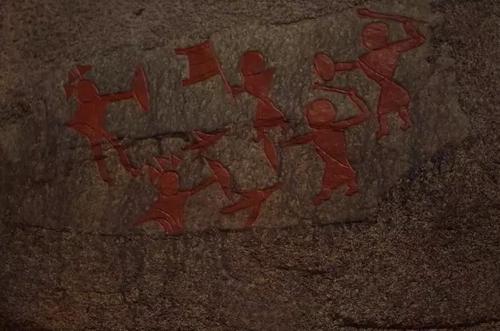Tibetan Songkran Festival
3 min readThe Dai people have a long history, with their own written and spoken language, and a population of 1.15million, most of who live in west Yunnan close to borders with huge mountains and large rivers. Most of their villages are built on fertile, flat lands, overgrown with thick tropical vegetation and precious medicinal herbs. Rice is their major crop. Xishuangbanna and Dehong are known as”rice granaries in south Yunnan.”
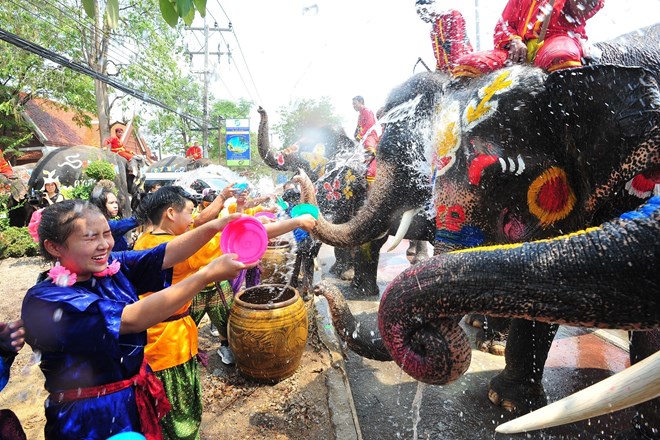
The Dai people believe in Hinayana,a sect in Buddhism, with characteristics of primitive Buddhism. Hinayana followers seek individual mukti. This sect first came from India, then via Sri Lanka to China’s Yunnan. Every Dai man must spend a period of time as a monk in a temple. In the past, education was only available in temples. Only by living in a temple could people receive education, win the right to establish a family. Otherwise, he would simply be despised in society. After receiving a Buddhist title, he could return to a secular life. People remaining in temples would further study Buddhism, be promoted and become a lifelong monk.
Their most well-known festival is the Water-Splashing, which falls on their New Year’s Day by their calendar(in April). By legend, long ago, seven kind-hearted girls were set on fire after killinga devil king as they could no longer endure his brutality. People rushed to save them by splashing water on them. To commemorate the seven girls who rid the community of a local tyrant, on each New Year’s Day, people splash water on one another”to get rid of dust and to receive blessings.”The Water-Splash-ing Festival is also a religious one, lasting from 3 to 7 days. The first day is like Spring Festival Eve, the second is for resting or hunting in mountains, and the third day is their New Year. On that day, earlyin the morning, people change into their best clothes.
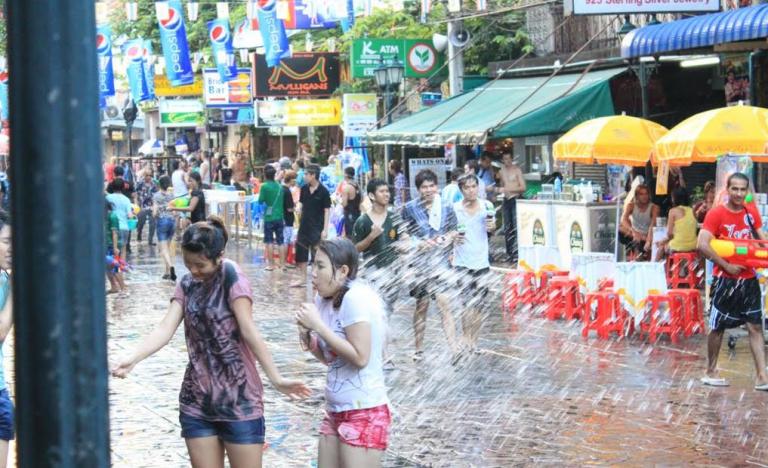
Then, they begin to splash water on one another as wishes for auspiciousness, happiness and good health. Splashing water at the beginning is gentle. Soon it becomes wild without restrictions. Gentle young girls become aggressive and begin a”water fight”with young men.
Their elephant-foot drums are famous. In every Dai village, there is at least one set of drums or more in a variety of sizes. There is a legend about the drums. Long ago, two monks seeking Buddhist sutras came to a Dai Village. They heard beautiful sounds when the birds pecked at fruit in the trees, the fruit fell into the river, and the fish rose to the surface for food. Recalling what they just heard, the two monks made elephant-foot drums to reproduce the sounds. Usually,a drum has an hour-glass shape, about 1-2 meters in diameter, and is covered by ox or goat hide. The body of the drum is made from a complete log, finished with engravings on its body. Ox-hide ribbons are attached and are tightened or loosened for different notes. Before playing, the drummer will brush some gruel rice on top for better sound effects. They play the drum with fists, palms, fingers and elbows and even feet for varied sounds.
The elephant-foot drum is an important musical instrument for elephant-foot dancing, and when, joined with other instruments, they display a nice percussion to express happy feelings.
